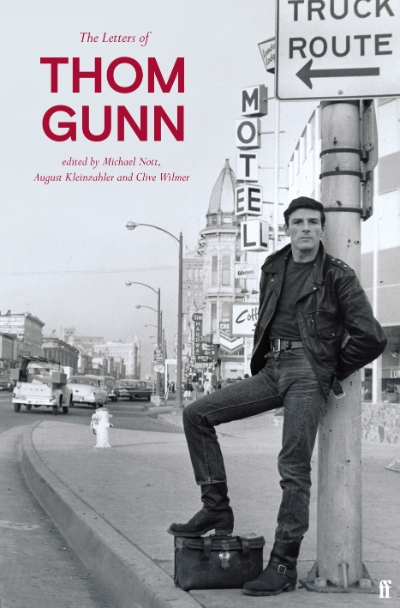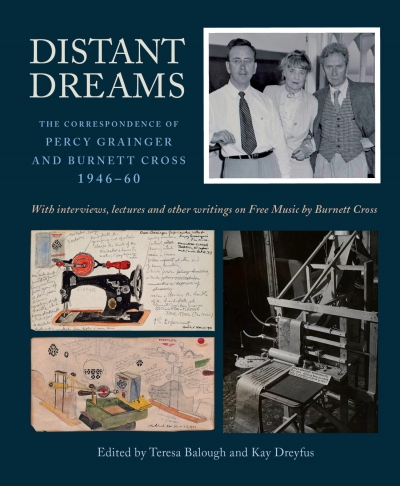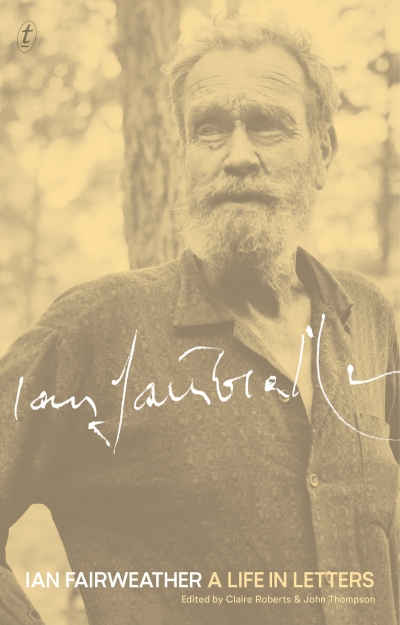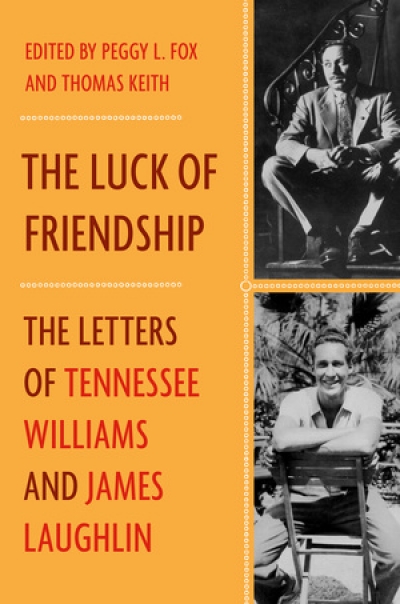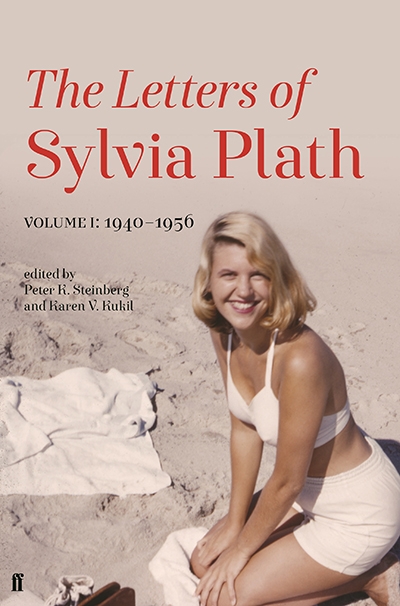Letters
Yarn Spinners: A story in letters edited by Marilla North
by Jacqueline Kent •
The Letters of Thom Gunn edited by Michael Nott, August Kleinzahler, and Clive Wilmer
by Ian Dickson •
Dear Prime Minister: Letters to Robert Menzies, 1949–1966 by Martyn Lyons
by Brenda Niall •
Distant Dreams: The correspondence of Percy Grainger and Burnett Cross, 1946–60 edited by Teresa Balough and Kay Dreyfus
by David Pear •
The Letters of Cole Porter edited by Cliff Eisen and Dominic McHugh
by Paul Kildea •
Ian Fairweather: A life in letters edited by Claire Roberts and John Thompson
by Morag Fraser •
The Kremlin Letters: Stalin’s wartime correspondence with Churchill and Roosevelt edited by David Reynolds and Vladimir Pechatnov
by Sheila Fitzpatrick •
The Luck of Friendship: The letters of Tennessee Williams and James Laughlin edited by Peggy L. Fox and Thomas Keith
by Ian Dickson •
The Letters of Sylvia Plath Volume 2: 1956–1963 edited by Peter K. Steinberg and Karen V. Kukil
by Sarah Holland-Batt •
The Letters of Sylvia Plath: Volume 1: 1940-1956 by Peter K. Steinberg and Karen V. Kukil
by Felicity Plunkett •



